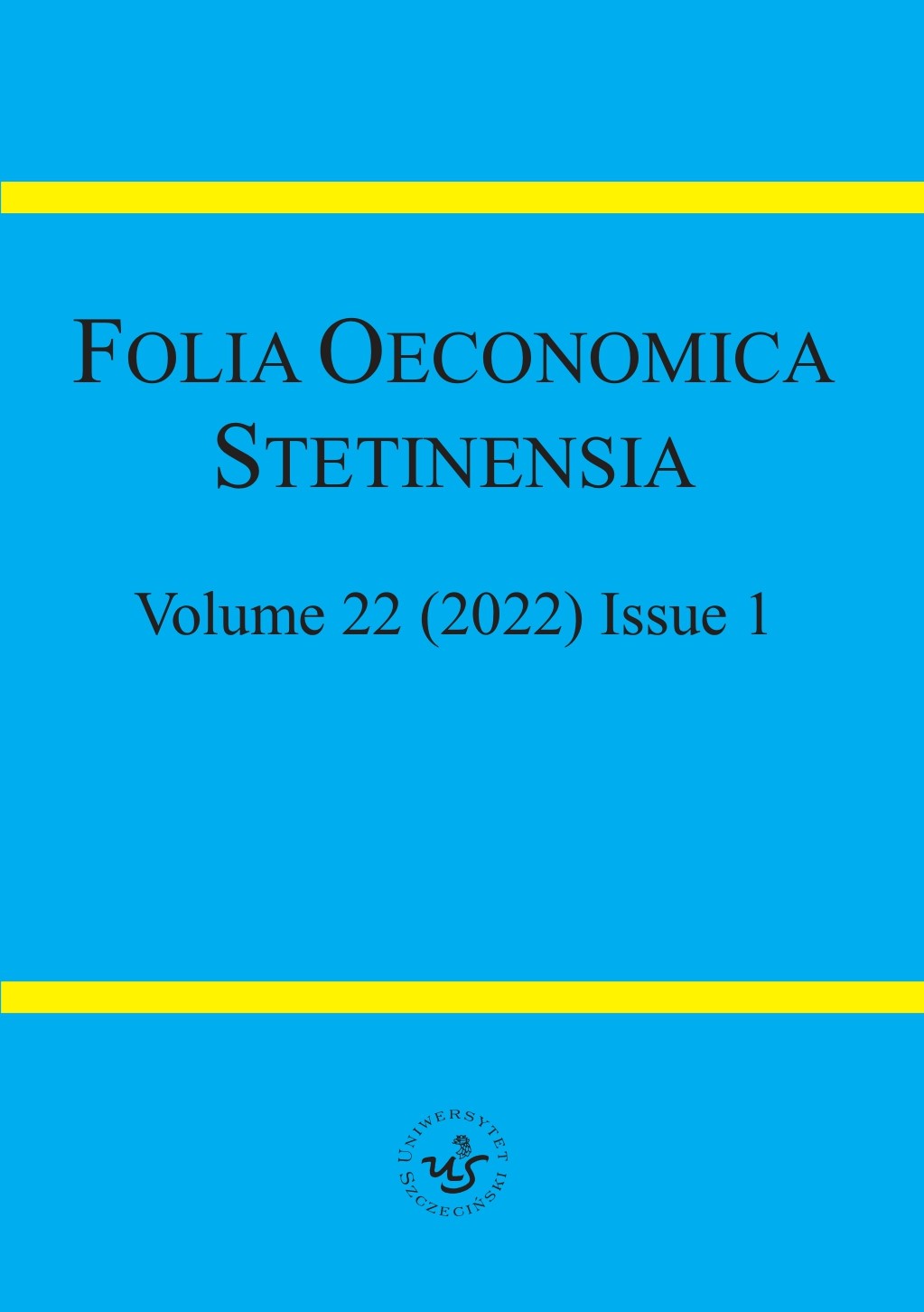Modeling Distress in US High Yield Mutual Funds before and during the COVID-19 Pandemic
Modeling Distress in US High Yield Mutual Funds before and during the COVID-19 Pandemic
Author(s): Łukasz Szymczyk, Richard Van Horne, Katarzyna PerezSubject(s): Economy, Business Economy / Management, Micro-Economics, Financial Markets, Socio-Economic Research
Published by: Wydawnictwo Naukowe Uniwersytetu Szczecińskiego
Keywords: high yield mutual funds; liquidity risk; serial correlation model; lagged effect model; portfolio liquidity; COVID-19 pandemic
Summary/Abstract: Research background: In March 2020, when the US financial markets were in the grip of the COVID-19 crisis, the Fed instituted various policies and programs to alleviate stress in financial markets. One such program involved the Fed purchase of securities and ETFs in certain market segments, including high yield bonds. This buying action inspired investors to join the Fed (or front-run the Fed) in the high yield bond market, resulting in the tightening of spreads in that market to historically tight levels. Purpose: In this research we investigate whether investors could have seen any signs of higher liquidity risk in US high yield mutual funds since the beginning of COVID-19 pandemic and avoid it. Theoretically, funds with heightened liquidity risk should have higher historical returns (adjusted for interest rate risk and credit risk) because borne risk requires return as compensation. But because of the unusual market conditions during the COVID-19 pandemic investors could look inside funds (to see what bonds the funds owned) and then avoid funds with holdings known to be less liquid. Research methodology: The study is based on data on US mutual funds from the Morningstar Direct database. The authors made a serial correlation model with an AR(1) process and the lagged effects model vs CAPM model to measure two proxies for liquidity risk for each US high yield mutual fund in our fund universe, in order to identify those funds at particular risk for portfolio illiquidity since the beginning of the COVID-19 pandemic. Results: it is found that the proposed measures may be an effective tool for selecting high yield funds against liquidity risk. Therefore, they should be considered by investors or analysts as a practical tool to identify funds that might be illiquid. Novelty: The study focuses on the liquidity risk in US high yield bond mutual funds before and after the outbreak of the COVID-19 pandemic, which was a crisis situation with implications for liquidity risk. The methods used and results achieved may be a basis for studies of other types of funds and markets outside the USA.
Journal: Folia Oeconomica Stetinensia
- Issue Year: 22/2022
- Issue No: 1
- Page Range: 263-286
- Page Count: 24
- Language: English

